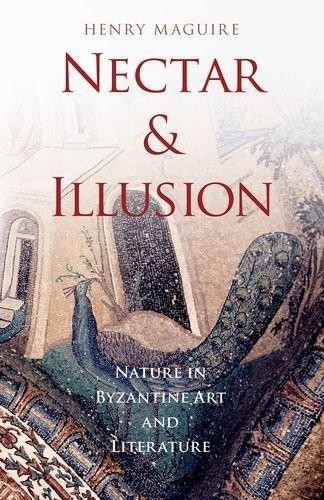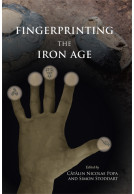Google Books previews are unavailable because you have chosen to turn off third party cookies for enhanced content. Visit our cookies page to review your cookie settings.
Nectar and Illusion (Paperback)
Nature in Byzantine Art and Literature
Imprint: Oxford University Press
Pages: 224
Illustrations: b/w illus, col pls
ISBN: 9780190497101
Published: 30th April 2016
Script Academic & Professional
Pages: 224
Illustrations: b/w illus, col pls
ISBN: 9780190497101
Published: 30th April 2016
Script Academic & Professional
You'll be £9.95 closer to your next £10.00 credit when you purchase Nectar and Illusion. What's this?
+£4.99 UK Delivery or free UK delivery if order is over £40
(click here for international delivery rates)
Need a currency converter? Check XE.com for live rates
(click here for international delivery rates)
Need a currency converter? Check XE.com for live rates
Nature and Illusion is the first extended treatment of the portrayal of nature in Byzantine art and literature. In this richly illustrated study, Henry Maguire shows how the Byzantines embraced terrestrial creation in the decoration of their churches during the fifth to seventh centuries but then adopted a much more cautious attitude toward the depiction of animals and plants in the middle ages, after the iconoclastic dispute of the eighth and ninth centuries. In the medieval period, the art of Byzantine churches became more anthropocentric and less accepting of natural images. The danger that the latter might be put to idolatrous use created a constant state of tension between worldliness, represented by nature, and otherworldliness, represented by the portrait icons of the saints. The book discusses the role of iconoclasm in affecting this fundamental change in Byzantine art, as both sides in the controversy accused the other of "worshipping the creature rather than the Creator." An important theme is the asymmetrical relationship between Byzantine art and literature with respect to the portrayal of nature. A series of vivid texts described seasons, landscapes, gardens, and animals, but these were more sparingly illustrated in medieval art. Maguire concludes by discussing the abstraction of nature in the form of marble floors and revetments and with a consideration of the role of architectural backgrounds in medieval Byzantine art. Throughout Nature and Illusion, medieval Byzantine art is compared with that of Western Europe, where different conceptions of religious imagery allowed a closer engagement with nature.
Customers who bought this title also bought...
Other titles in Oxford University Press...
















